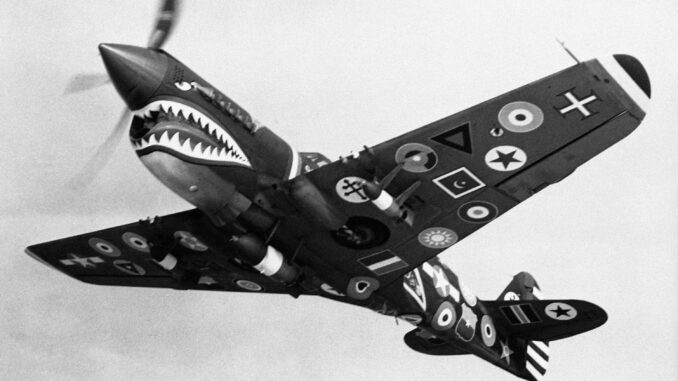
North Carolina’s roster of famous people spans the gamut. From musicians to actors, artists, politicians and business leaders, to some of the most legendary sports figures and college coaches of all time, North Carolina is the birthplace of hundreds of household names and stories (and born and raised or not, a proud North Carolinian never lets pass a friendly bragging rights opportunity). So let us not forget about the Wright Brothers, who, though they hailed from Ohio, selected a lonely, cold, windy beach in Kitty Hawk, North Carolina to take their first flight and forever change aviation history.
The year is 1903, and the Wright Brothers are exploring the best geographic location to carry out their flying experiments. Safety was of utmost concern and priority, and the empty, sprawling beaches of Kitty Hawk were enticing. Of the Outer Banks, Orville wrote the following in a journal: “It looked very much like the Sahara Desert, as I imagine that to be. There was little excepting sand and sand dunes and sky.” A danger-free zone with plenty of wind and open spaces, in other words. These first-in-flight brothers went on to create an iconic American company – the Wright Aeronautical Corporation – and awakened a new field of aviation.
Fast forward 110 years to 2014. North Carolina is booming from coast to coast. The Curtiss-Wright Corporation, a Fortune 500 global corporation that formed in 1929 when the Wright Brothers’ company merged with Curtiss Aeroplane and Motor Company to form the largest aircraft company at the time, moved its headquarters from New Jersey to Davidson, back to the state where it all began. Situated just 22 miles from Charlotte up I-77 on Lake Norman, Davidson is often described as idyllic by residents and visitors alike. Its proximity to the Queen City certainly has put its name even more so on the map, furthering its appeal as an ideal home for corporations like Curtiss-Wright.
When we think of Davidson, North Carolina, perhaps now we’ll add yet another token to its already-full bucket. Recognizing these corporations that are living and doing business in our home state is key to unlocking more of our wealth of history, people, culture and knowledge.
A closer look into Curtiss-Wright:
-
The company employs close to 8,000 people in and around Davidson.
-
It’s a 95-year-old company with a complex, rich history stemming from the inventions of three great aviation pioneers- Orville and Wilbur Wright, and Glenn Curtiss, who is often called (and debated about its validity), “the father of naval aviation.” Curtiss won the very first international aviation meet in Rheims, France in 1909 and his successes led to the world’s largest aviation company – The Curtiss Aeroplane and Motor Company. That company later became the largest aircraft manufacturer in the world during World War I and went public in 1916.
-
One of the most famous aircraft produced by Curtiss-Wright was the P-40 Warhawk fighter plane, which saw extensive use during World War II.
-
The company produced over 142,000 aircraft engines for the US military in World War II.
-
The company no longer builds airplanes but does supply many parts and pieces like aircraft controls and actuators; valves and pumps for nuclear propulsion systems; sensors and computing technologies for the U.S. Air Force; and electronics for the U.S. Army, including for the Abrams Tank and Bradley Fighting Vehicle.
-
A fun fact: The lifting mechanism on one of London’s most famous landmarks, Tower Bridge, uses linear sensors supplied by Curtiss-Wright



